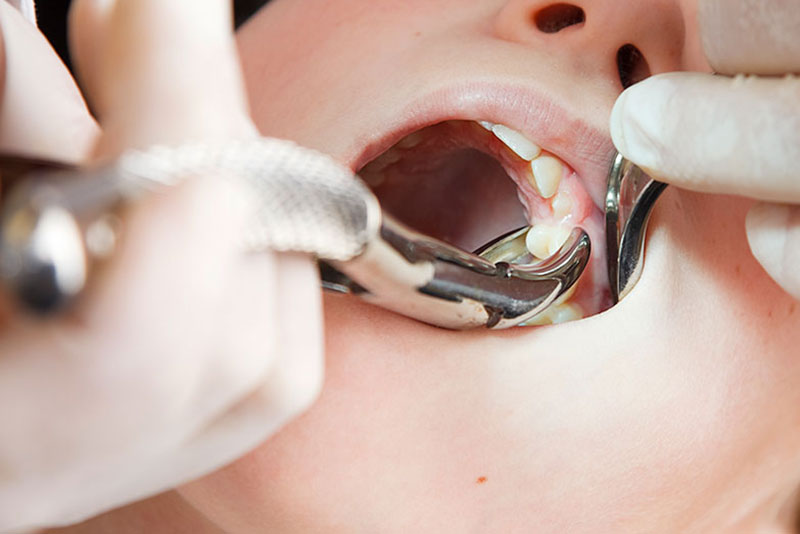
When teeth become too decayed or fractured beyond repair, undergoing a tooth extraction may be the necessary next step. Having to get a tooth extracted makes many people nervous, but the professionals at places like Park Slope family dentistry can provide peace-of-mind through experienced care.
Immediate Recovery
The patient receiving surgery will be under heavy anesthetics during the procedure, and these will not wear off for hours. This means that a family member or friend must pick them up from the dentist’s office and drive them home. Once the patient is home and placed in a comfortable position sitting up, gauze is rolled up and placed on the surgical site so that a clot can form. Then, an ice pack is applied to reduce swelling. Both gauze and ice packs need to be changed out regularly.
Diet Restrictions
In order to help protect temporarily weakened gums, the recovering patient should limit their diet to soft foods — such as soup or meal replacement shakes — for the 24 hours following surgery. During this time, avoid using straws or forcefully spitting. On the second day of recovery, the patient can begin to gradually move onto heavier foods.
Avoiding Dry Sockets
If the blood clot that forms at the extraction site fails to heal correctly to the point that it leaves the wound exposed, it may result in what is known as a dry socket. Dry sockets usually occur in the days following a tooth extraction, most often caused by smoking, birth control pills or hard foods that can get stuck in between teeth. You can detect a dry socket with the intense pain they cause at the extraction site. If any signs of infection occur, immediately contact a doctor.
When recovering from a tooth extraction, it is important to follow the doctor’s orders precisely. Doing so can be the difference between an uneventful recovery and painful medical complications.